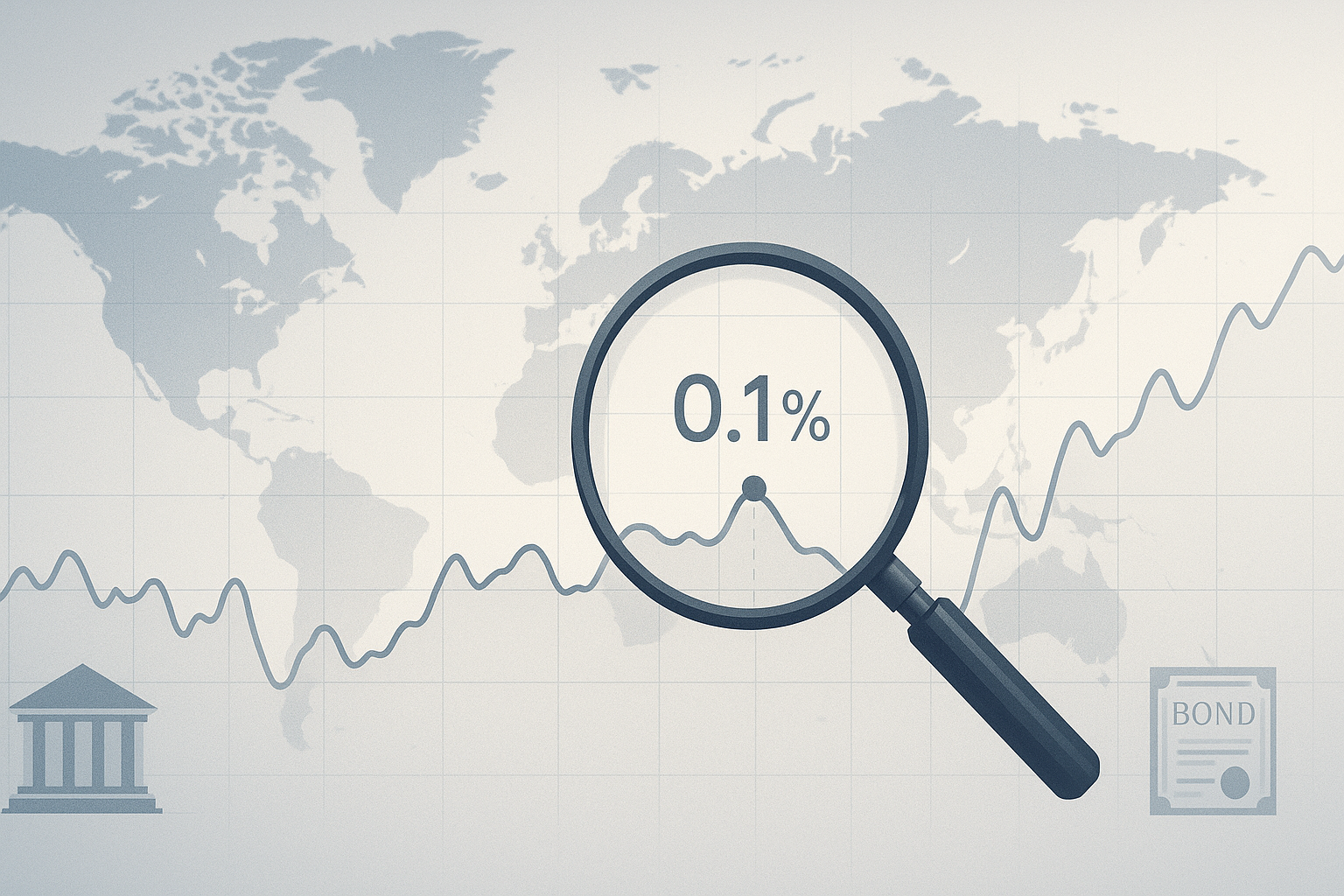In the intricate world of global finance, even the subtlest distinctions can have profound impacts on market movements. I've noticed that the term "nuance" perfectly captures the delicate balance investors must maintain when interpreting market signals. It's not just about the big moves anymore - it's the small stuff that really matters.
Financial analysts have been hammering this point home recently. A tiny 0.1% shift in inflation expectations can send bond yields on a roller coaster ride, affecting everything from your mortgage rate to how much companies pay to borrow money. As John Smith from Global Finance Insights told me last week, "Understanding these nuances isn't optional anymore - it's survival."
What's fascinating (and sometimes frustrating) is how these nuanced indicators play out differently across regions. Europe's seeing this slight uptick in manufacturing sentiment that's giving their markets a boost, while over in Asia, consumer spending data is painting a more complex picture - promising in some areas, concerning in others.
I think investors who ignore these subtle signals do so at their own peril. Central banks have turned communication into an art form where a single word change can signal a major policy shift. In my experience covering markets for over a decade, I've never seen a time when parsing the fine print was more important than it is now.
The stakes? They couldn't be higher. Markets are balanced on a knife-edge, and those who can spot the nuance will be the ones left standing when the dust settles.
